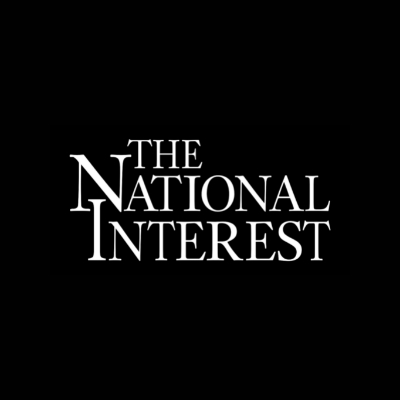 The National Interest Article Rating
The National Interest Article RatingIran Still Flies America's Feared Cold War F-14 Interceptor. Here's
- Bias Rating
52% Medium Conservative
- Reliability
N/AN/A
- Policy Leaning
52% Medium Conservative
- Politician Portrayal
-55% Negative
Continue For Free
Create your free account to see the in-depth bias analytics and more.
Continue
Continue
By creating an account, you agree to our Terms and Privacy Policy, and subscribe to email updates. Already a member: Log inBias Score Analysis
The A.I. bias rating includes policy and politician portrayal leanings based on the author’s tone found in the article using machine learning. Bias scores are on a scale of -100% to 100% with higher negative scores being more liberal and higher positive scores being more conservative, and 0% being neutral.
Sentiments
N/A
- Liberal
- Conservative
| Sentence | Sentiment | Bias |
|---|---|---|
Unlock this feature by upgrading to the Pro plan. | ||
Reliability Score Analysis
Policy Leaning Analysis
Politician Portrayal Analysis
Bias Meter
Extremely
Liberal
Very
Liberal
Moderately
Liberal
Somewhat Liberal
Center
Somewhat Conservative
Moderately
Conservative
Very
Conservative
Extremely
Conservative
-100%
Liberal
100%
Conservative

Contributing sentiments towards policy:
60% : Today Iran's 40 or so surviving F-14s remain some of the best fighters in the Middle East.56% : Through a combination of engineering ingenuity and audacious espionage, Iran kept its F-14s in working order -- and even improved them.
55% : The journey to Iran involved two legs -- from Long Island to Torrejon, Spain, and then onward to Iran's Isfahan air base, with Air Force KC-135 aerial tankers constantly attending to the F-14s.
54% : The Navy pilots picked up the brand-new Tomcats at the Grumman factory in Long Island, New York and flew them three at a time to Iran. "
54% : Some of the Iranians attended classes in the United States, others received instruction from American contractors in Iran.
54% : Amid the diplomatic tension, Tehran put its Tomcats to good use performing the mission for which Iran originally wanted them -- deterring the Soviet Union's MiG-25 spy planes.
52% : That's how, starting in the mid-1970s, Iran became the only country besides the United States to operate arguably the most powerful interceptor jet ever built -- the Grumman F-14 Tomcat, a swing-wing carrier fighter packing a sophisticated radar and long-range AIM-54
52% : And while it did have U.S. military markings, as I found out later, those markings would be ingeniously and quickly changed upon arrival in Iran.
50% : The Islamic Revolution transformed Iran from an American ally to one of the United States' most vociferous enemies.
49% : In Tehran, King Mohammad Reza Shah Pahlavi -- the "shah" -- moved quickly to counter Baghdad's move.
49% : Nixon and his national security adviser Henry Kissinger visited Tehran in May 1972 -- and promptly offered the shah a "blank check.
46% : In late 1975, the shah complained to the U.S. embassy in Tehran that Grumman had paid agents in Iran $24 million to facilitate the F-14 sale.
45% : Ethnically Persian and predominately Shia, Iran was -- and still is -- a bitter rival of Iraq's Sunni Arab establishment, which during the 1970s dominated the country's politics.
45% : In February 1979, Islamic hardliners rose up against the shah's police state, kidnapping 52 Americans at the U.S. embassy in Tehran and ushering the return of Ayatollah Ruhollah Khomeini.
44% : But Pahlavi was especially keen to acquire a fighter that could fly fast enough and shoot far enough to confront Soviet MiG-25 Foxbat recon planes that had been flying over Iran at 60,000 feet and Mach 3.
43% : "The dispute over agents fees was poisoning U.S.-Iranian relations," American diplomats in Tehran warned.
38% : Washington reminded Tehran that failure to pay would amount to breach of contract.
27% : It's fair to say American policymakers quickly regretted giving Iran the F-14s.
*Our bias meter rating uses data science including sentiment analysis, machine learning and our proprietary algorithm for determining biases in news articles. Bias scores are on a scale of -100% to 100% with higher negative scores being more liberal and higher positive scores being more conservative, and 0% being neutral. The rating is an independent analysis and is not affiliated nor sponsored by the news source or any other organization.





















